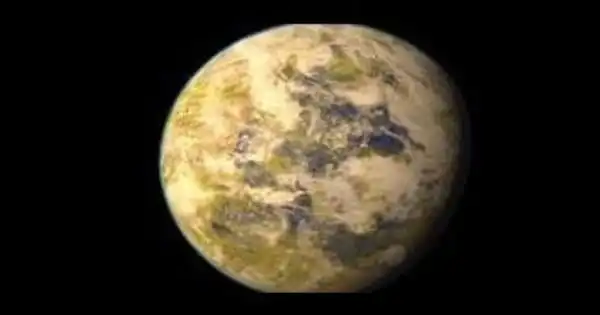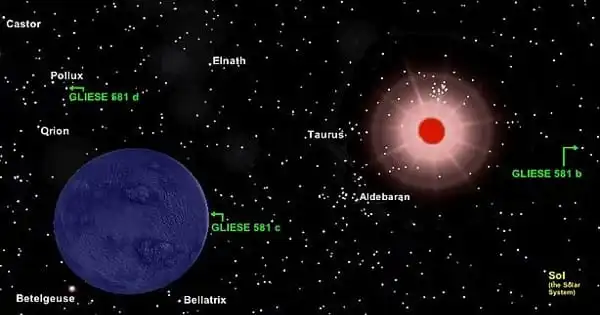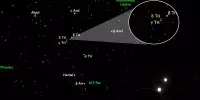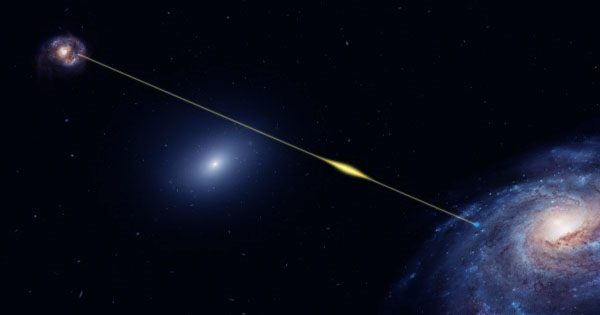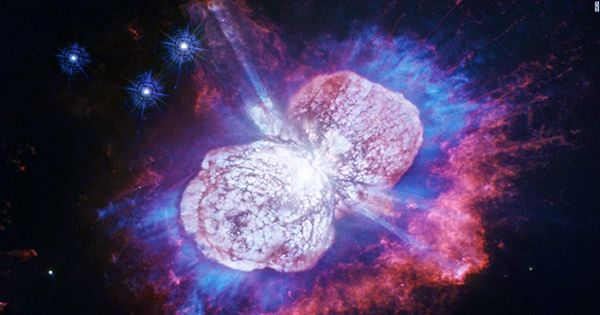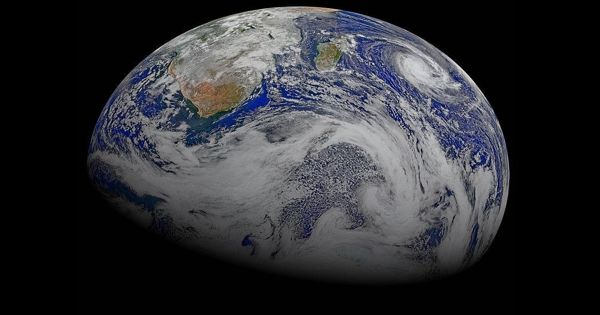Gliese 832 c is an exoplanet that resembles Neptune and orbits an M-type star. It is an extrasolar planet situated about 16 light-years away in the constellation of Grus, circling the red dwarf star Gliese 832. It has a mass of 5.4 Earths, takes 35.7 days to complete one orbit around its star, and is 0.163 AU away from it. It is in its star’s habitable zone, and one of the main reasons for its high rating is that it receives the same amount of solar radiation as the Earth in the database of habitable exoplanets. It was discovered in 2014, and its discovery was announced.
It is now recognized to be the fifth-closest potentially habitable exoplanet to Earth. Proxima Centauri b is the closest potentially habitable exoplanet, located 4.244 light-years away. Ross 128 b comes in second at 10.92 light-years away, followed by Luyten b. Wolf 1061c is the fourth star, located 13.8 light-years from the sun.
Mass, radius, and temperature
The mass of Gliese 832 c is approximately 5.2 times that of Earth. If it had the same density as Earth, it would have a radius of about 1.75 REarth, but it might also have a higher density and a smaller radius. Its temperature is expected to be similar to Earth’s, but it is prone to large fluctuations as it orbits its star. The planet’s eccentricity is relatively high, bringing it extremely close to the anticipated inner boundary of the habitable zone.
The average equilibrium temperature of the planet is anticipated to be 253 kelvins (-20 °C), however, it is estimated to range from 233 kelvins (-40 °C) at apstellion to 280 kelvins (7 °C) at perstellion. However, because of its large mass, it may have a dense atmosphere, which could make it much hotter and more like the planet Venus.
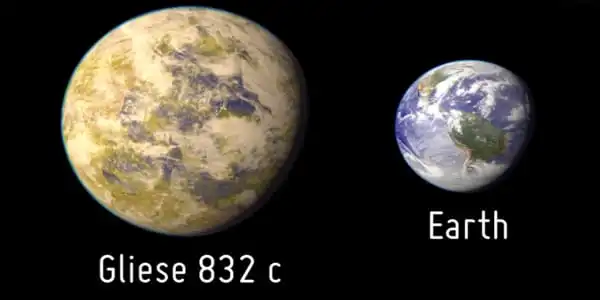
Host star
The planet orbits an (M-type) star named Gliese 832, which is orbited by two other known planets. The star has a radius of 0.48 R☉ and a mass of 0.45 M☉. It is estimated to be 9.54 billion years old and has a temperature of 3620 K. The Sun, on the other hand, is 4.6 billion years old and has a temperature of 5778 K.
The apparent magnitude of the star, or how brilliant it seems to us from Earth, is 10.19. As a result, it is too dim to see with the naked eye. It belongs to the M2V spectral class.
Orbit
The planet orbits its host star with around 3% of the Sun’s light every 36 days, which is 10 times shorter than the Earth’s year, as well as an orbital radius 0.162 times that of Earth (in comparison to Mercury’s orbital distance of 0.389 AU).
Habitability
The planet is a super-Earth mass planet that orbits in the habitable zone of its star. Although it orbits its star far closer than the Earth does the Sun, it orbits a red dwarf and receives roughly the same amount of energy from it as the Earth does from the Sun. It is unknown whether Gliese 832 c transits its host star, which would be required to discover and characterize any atmosphere the planet may have.
Its host star (Gliese 832) contains 45 percent the mass of the Sun, and as a result, stars like Gliese 832 can live for up to 50–60 billion years, 5–6 times longer than the Sun.
The planet is most likely tidally locked, with one half of its hemisphere always facing the star and the opposite side cloaked in perpetual darkness. However, there would be a sliver of habitability – known as the terminator line – between these two intense zones, where temperatures may be suitable (approximately 273 K) for liquid water to exist. Furthermore, if the planet has a thick enough atmosphere to transport heat to the side facing away from the star, a considerably bigger percentage of it may be habitable.
